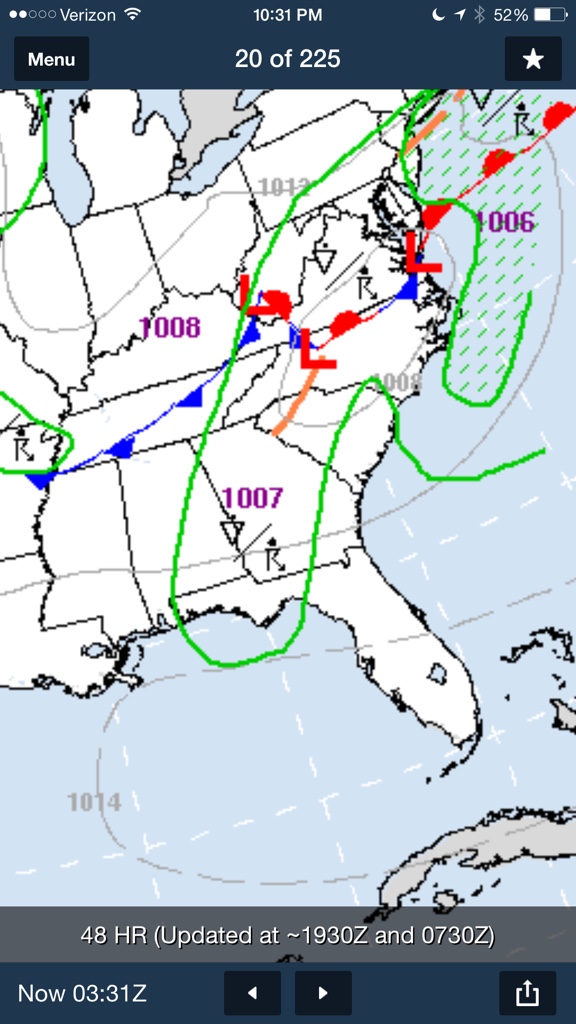TangoWhiskey
Touchdown! Greaser!
This time of year, across the Southeast coast, popup thunderstorms (not squall lines) are the order of the day. There's also a lot of restricted and MOA airspace. Navigating the latter is easier IFR... but on a LONG cross country (4+ hour flight), which would you rather file--IFR or VFR--for flexibility in navigating well clear of thunderstorms enroute? Obviously, I'm not going to fly into a thunderstorm while IFR, regardless of the vector... and I imagine ATC in that region is very good at being "adaptable" to what needs to be flown due to the weather versus what you filed and were cleared for.
Making my first LONG X/C this week, starting Friday, and would like to hear your thoughts and comments on this topic.
Is what you see below, from today (Wednesday 8/5, 2022Z) navigable in your opinion, in a non-RADAR equipped single that has ADS-B weather and a Strikefinder on board?

Making my first LONG X/C this week, starting Friday, and would like to hear your thoughts and comments on this topic.
Is what you see below, from today (Wednesday 8/5, 2022Z) navigable in your opinion, in a non-RADAR equipped single that has ADS-B weather and a Strikefinder on board?




